Ever wonder why you may feel different after eating different foods? It turns out there is scientific evidence that what we eat can affect our mood! Our bodies and minds are closely linked, and good foods create good moods.
The Standard American Diet, depression and disease
The Standard American Diet, sometimes called SAD, is high in simple carbohydrates and trans fats (think fluffy white and ‘fast’ processed foods without natural fibers and often with added simple sugars and partially hydrogenated fats).
This has contributed to a rapid rise in many preventable cardiometabolic diseases over the past decades among children and adolescents. Diseases we never used to see in children, like Type 2 diabetes and fatty liver, are increasing in pediatrics in close association with the SAD.
Aptly named, the SAD is also linked to increased depression, ADHD and other behavioral issues that can undermine quality of life and full academic potential for our children. Fully 99% of American children do not eat an optimal diet, and the places they fall short deprive their growing bodies and brains of the nutrients most closely linked to positive mood and brain power. Those foods most often missing in action in the SAD are vegetables, whole fruits and healthy fats.
Healthy eating, healthy life
Like breathing, eating is something life-giving we do all the time but not very mindfully. Even adding one or two servings daily of vegetables, whole fruits and healthy fats can prevent up to 50 percent of cardiometabolic disease in children and adults.
This may feel more important of course to parents than to children because children – very age-appropriately – are living in a world of now, so they are less likely to think about what happens next. The thing to remember about the gut-brain connection, however, is that making some strategic, proven healthy food choices does not only prevent acquired cardiometabolic diseases later, but also improves mood and brain power right now!
A healthy plant-centered diet reversed clinical depression after only 3 months in young college students in a recent study in Australia (where they also call the Standard Australian Diet the SAD). Your children and adolescents may notice the difference of an extra few servings of leafy veggies and some nuts and seeds every day and cold water fish like salmon or tuna every week on their next report card. A good diet also boosts the immune system, which is more important now than ever.
Federal guidelines from the U.S. Department of Agriculture recommend seven servings of fruit and vegetables per day along with regular physical activity for school-aged children. As hard as it can be to follow these guidelines, it does get easier once you start. This is because, once you eat the foods that make favorable metabolic changes, you and your children are likely to start wanting more of the healthy foods you may have once avoided.
Trust your body’s wisdom on this one – it knows inside-out the foods that help it thrive!
Tips for adding heathy foods to your diet
Finding time to buy and prepare plant-based healthy meals can be challenging for parents who are busy and working with a limited budget. The following 5 tips can help your family add in a few extra servings of healthy foods every day.
- Eat meals with your child and make eating plant foods fun. Create “ants on a log” by spreading peanut butter on celery and adding raisins on top. Add fresh or frozen berries in a smiley face on top of plain yogurt or oatmeal.
- Add “brain foods” to meals such as beans, fatty cold water fish (e.g., salmon and tuna), nuts and seeds.
- Pack school lunches for your children or supplement the school cafeteria offerings with extra servings of fruit and veggies such as unsweetened applesauce pouches, sugar snap peas and baby tomatoes.
- Make it easy to find a healthy whole fruit or veggie snack at home. Keep a bowl of apples or tangerine ‘cuties’ on the kitchen counter. And try to keep sealed, non-perishable healthy snacks in your car or in your child’s backpack for snack-attacks.
- Short on money to buy healthy foods? Visit DCHealthMattersConnect.org to find free or low cost food from community gardens and food pantries.
 https://riseandshine.childrensnational.org/wp-content/uploads/2024/12/Healthy-holiday-eating-feature.jpg
300
400
Danielle Robbins
https://riseandshine.childrensnational.org/wp-content/uploads/2017/11/childrens_riseandshine_logo.jpg
Danielle Robbins2024-12-18 12:18:182024-12-30 12:33:39Healthy holiday eating tips for the whole family
https://riseandshine.childrensnational.org/wp-content/uploads/2024/12/Healthy-holiday-eating-feature.jpg
300
400
Danielle Robbins
https://riseandshine.childrensnational.org/wp-content/uploads/2017/11/childrens_riseandshine_logo.jpg
Danielle Robbins2024-12-18 12:18:182024-12-30 12:33:39Healthy holiday eating tips for the whole family




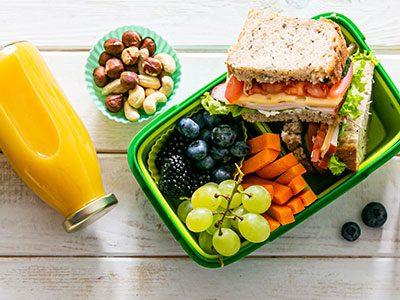




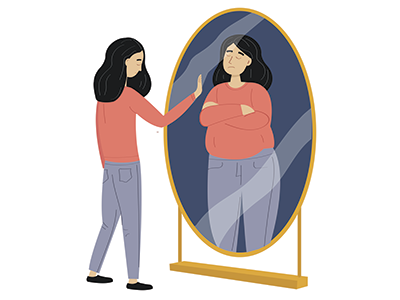



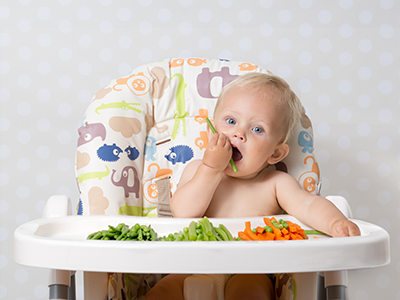

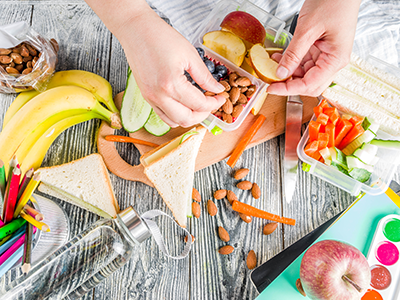
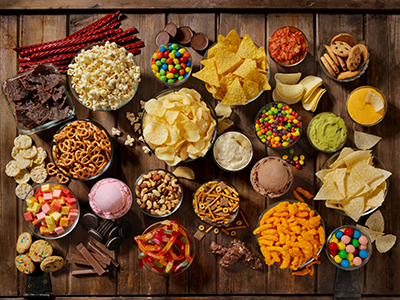

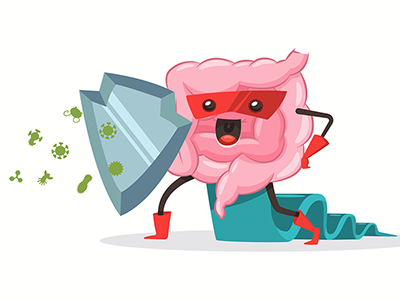
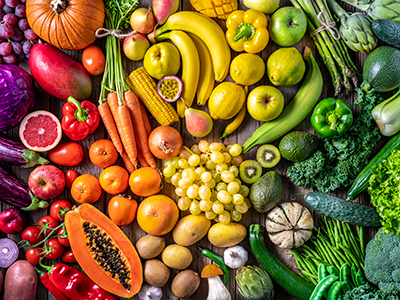
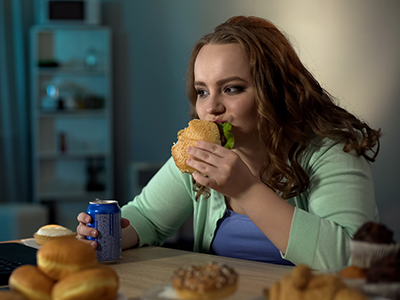

Leave a Comment
Want to join the discussion?Feel free to contribute!